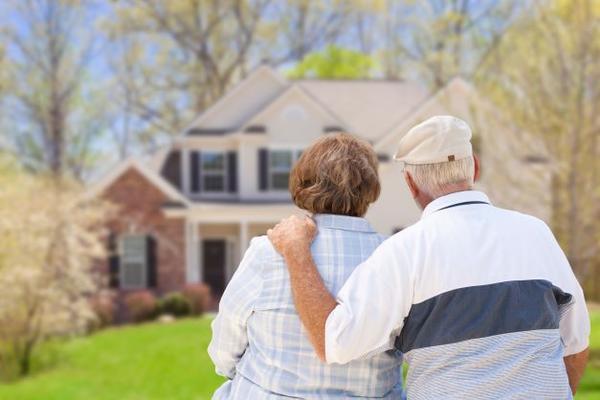
How To Prepare Your Home For Retirement
Around 10,000 people retire each day. And one of the first things some people automatically think of when talking about retirement is quitting their full-time jobs and preparing to live their golden years to the fullest. But if your goal is to retire and age comfortably in your home, it’s recommended that you make necessary changes to make it an ideal place for senior living.
Ideally, the best time to start preparing your home for retirement is during your 50s. Remember that as you age, your needs will change, including your housing needs. And having a safe and comfortable living environment is one of the essential ingredients to having a happy retirement.
If you’re unsure how or where to start, read on to learn about some helpful tips.
Consider the frequent climate or weather in your state
As adults age, their sensitivity to temperature changes increases. This is due to the thinning of the fat layer under your skin, which makes you more susceptible to cold. So, as your retirement age is fast approaching, start rethinking the typical climate or weather at your current address.
Is the weather always cold in your area? Is your current house not warm enough even with your heater, especially during winter? You can install radiator panels to reflect the heat into your room and preserve a warm temperature. Or if your heating system is already several years old, you can replace it with a brand-new one. However, if any of these changes still won’t suffice to keep you warm, perhaps, it’s time to consider moving to a new home with a warmer climate.
For example, if you’re considering moving to and living in Auckland, you can check out their retirement villages and find a home that will suit your needs. Auckland is known for its fine and balanced climate that offers fairly dry and warm summers with at times mild winters, making it a good place for older adults to age. Ultimately, regardless of which region you’d like to age in place, make sure your home is warm or cool enough for you.
Assess the security of your house
Burglary is more common than most people are aware of. Statistics reveal that over 3,000 burglaries happen per day. On top of that, among the common targets for burglary are elderly homeowners because they’re easy and incapable of defending themselves.
To ensure you retire safely in your home, invest in tools that will help enhance the security of your home. Assess your current home first and see which upgrades you can add to tighten security. For example:
- Switch your old door locks with newer, more secure ones, like the five-lever mortice lock, multi-point locking system, or deadbolt locks.
- Set up high-tech security systems, like surveillance cameras, alarm systems, motion sensor security lights, etc.
- Add security locks to your windows and other possible entry points (e.g., garage door).
- Install a panic button to quickly alert the authorities in case of emergencies.
Aside from tightening home security, research the crime rate in your current living area. If crime rates are high and you still feel unsafe, perhaps, you may consider moving to a retirement village with strong security systems, where crime rates are generally low. Regardless of where you live and retire, a secure home will give you the reassurance that you’re safe.
Switch your door knobs and fixtures with senior-friendly options
As you age, your range of motion will become limited, and you may experience mobility issues, especially if you’re already experiencing health conditions like arthritis. One way to make your senior living easier despite your limited range of motion is switching your old door knobs and fixtures with handles. With handles, it’ll be easier to open your interior doors despite having your hands full with groceries or dealing with mobility issues. Replacing your fixtures with levers will also make it easier for you to operate faucets.
Make sure your kitchen is efficiently designed
Senior adults are recommended to be more mindful of what they eat to stay healthy as they age. And so, they’ll likely spend more time cooking their meals in the kitchen.
To prepare your kitchen for retirement, see to it that the cabinets aren’t placed too high. With cabinets that are easy to reach, you won’t have to step on a stool.
Furthermore, your kitchen drawers shouldn’t be too low, so there won’t be any need to bend down. This will help prevent back pain too. Besides the cabinetry and drawers, your appliances should be arranged in a way that doesn’t disrupt the kitchen workflow.
Lastly, make sure your kitchen has good lighting and proper ventilation. You can work with a professional contractor or renovator to help you achieve an efficiently designed kitchen that meets your needs.
Relocate your bedroom to the first floor
Your bedroom on the second or third floor probably hasn’t caused you any problems during your younger years. But as you grow older and experience mobility issues, a bedroom upstairs can be a huge struggle.
So, as you prepare for retirement, relocate the master bedroom on the first floor. In addition, ensure your new bedroom is free from noise and other interruptions, especially since most senior adults tend to be light sleepers.
But if it won’t be possible to move your bedroom downstairs, you can live in a one-story home where all rooms are accessible on one floor.
Key takeaway
Preparing your home for retirement is essential to create a safe place where you can age comfortably and happily. After all, your living environment can significantly affect the quality of your life during your golden years.